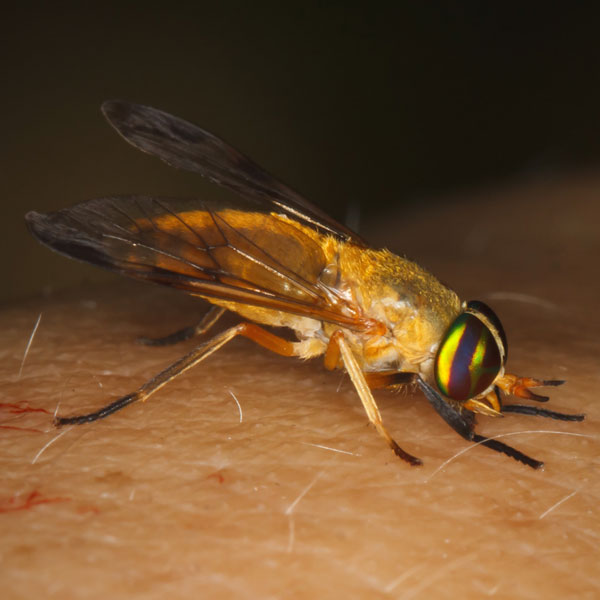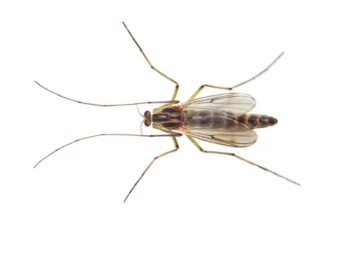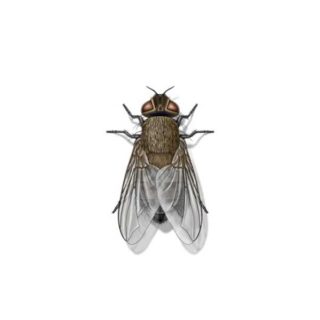Yellow Flies in Long Island
Yellow flies are sometimes mistaken for deer or horse flies and are just as unwelcome due to their painful bite. Found in the south-eastern parts of the United States from New Jersey to Texas and Long Island, their physical appearance is similar to deer flies and many people get confused when trying to identify them. Like mosquitoes, it is the female fly that is responsible for inflicting a bite, as males are mainly pollen and nectar feeders. Yellow flies are most likely encountered in the heat of summer and early fall weather.
Yellow Fly Habitat
Adult yellow flies are strong fliers and are often found near the larval habitat, but they may move considerable distances to find a blood meal. Yellow flies congregate in shaded, humid areas on the edges of forests, rivers, and creeks, avoiding large, open, sunny areas. Larvae are aquatic or semi-aquatic and have been found in deeply shaded areas in root mats of trees, always beneath the water surface. Yellow flies prefer warm and humid weather conditions and are most active during the daytime just before twilight. Domestic animals, including dogs, are attacked readily, although the fly’s preference for shade makes it less of a pest to cattle and horses in open pastures.
Yellow Fly Behaviors, Threats, or Dangers
The bite of the female yellow fly is one of the most serious bites, according to The University of Long Island. Like mosquitoes, female yellow flies require a blood meal before they can reproduce. Adult females attack humans vigorously throughout the day and are most active in late afternoons on overcast days. Yellow fly bites are painful, often causing large and itchy swellings that can last for days. If a person experiences symptoms of an infection after a yellow fly bite — such as fever, nausea, headaches, or swollen lymph nodes — they should seek medical attention. For more information on yellow flies, contact your local fly technician.
Need help with Yellow Fly control?
$50 OFF PestFree365+
Leave your information below and we’ll be in touch with a FREE quote!
"*" indicates required fields
*During normal business hours. After hours calls will be returned the next business day.






